Uncomfortable Conversations with a Designer
Why am I making this such a big deal? Because it is on the same level of deciding whether we will side with the Nazis or not. If we ever wanted to know what we would do in that situation, well, we are deciding right now.

In Canada, people are expected to assume the polite civility and deferential propriety of the reserved and obedient subjects of the British Crown.
I was raised to be a quiet and compliant child, a suitable model of respectable behaviour to reinforce the identity and reputation of our evangelical Christian family.
Those days are long past.
I am a student of history and I am teaching the next generation of designers to dismantle the systems of white supremacy and systemic racism. Does that count?
— Stephen Bau (@bauhouse) June 25, 2020
Over the past several years, as I have learned the craft and practice of design, I have been testing the questions that I have accumulated over the years with some experiments in social interaction. Some succeed. Some fail. They are always learning experiences. Sometimes, I build bridges. Sometimes, I burn them.
I only offer my experiences as something you can learn from, for whatever they are worth.
So far, according to my statistics on the platform, I have published 239 articles on Medium (although, they also include replies to others’ articles).
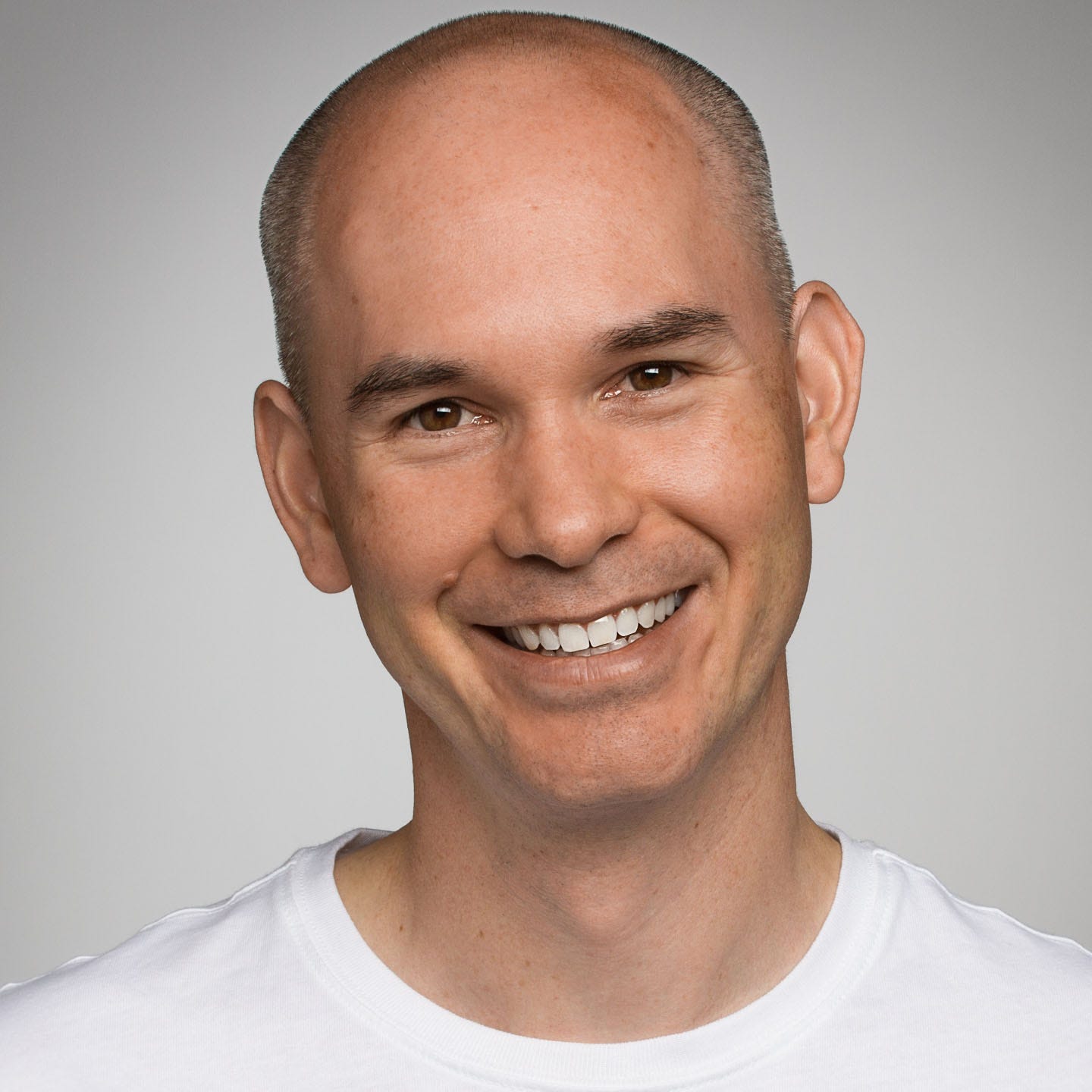
My first article was in response to the election of Donald Trump, which was a strong signal to me that my assumptions of the world had suddenly been overturned. Beneath the thin veneer of civility, racism and hatred are still very much alive in the United States of America and in Canada.
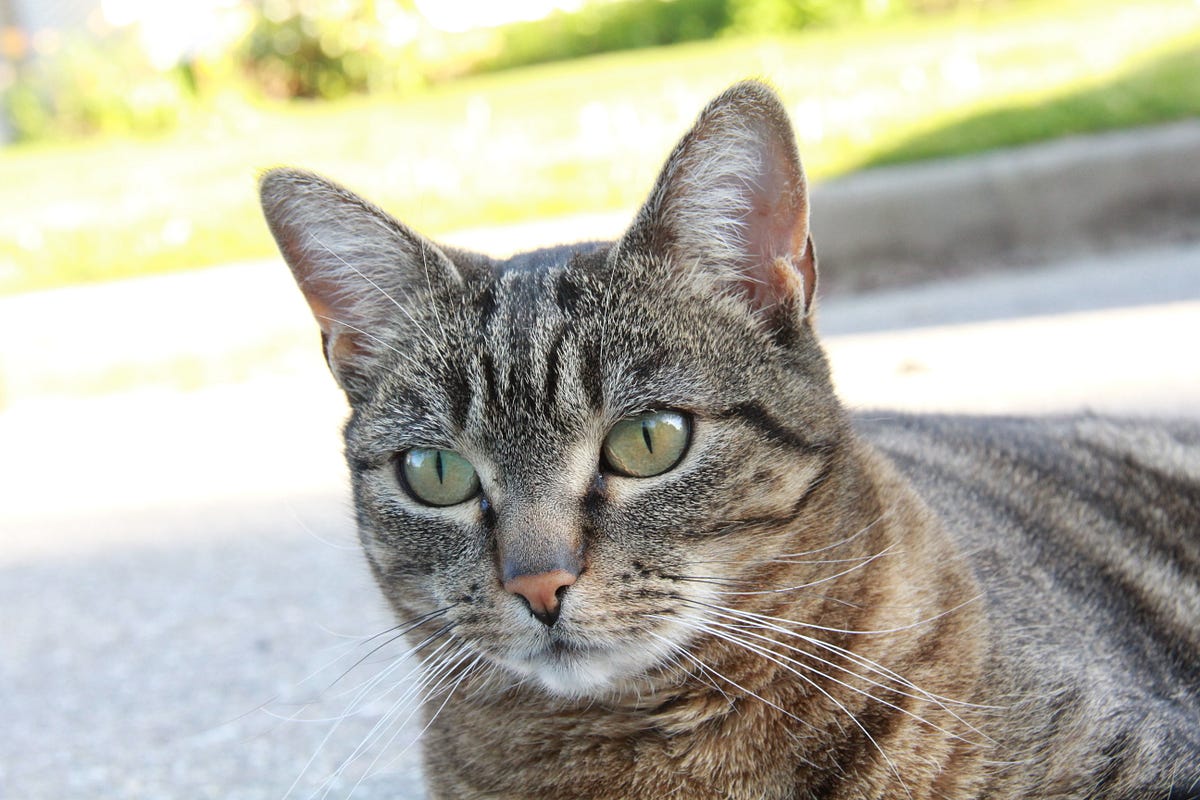
Recently, I built some websites to support my desire to write about ideas, art, science, culture, design, building community, and social architecture. This is part of my desire to decentralize the web, decentering the giant tech platforms, as a way to diminish the power of corporate control over public discourse.
Three sites represent my simplified design process:
- Imagine: consider the kind of world we would all want to live in
- Design: create prototypes and test possible solutions
- Build: engage in the process of building and maintaining the metaphysical and physical structures that support and enable our social systems and relationships
As designers, we imagine, design, and build the technological infrastructure for our social architecture by learning from the physical, geological systems and the living, biological systems on which our lives depend.
Websites
- Imaginaxiom: At the intersection of creativity and technology
- Design Influences: Inspired by the past. Shaping the future.
- Builders Collective: Exploring how we imagine, design, and build the future together
- Social Architecture: Reimagining our common life together
- The Changelog: Engaging in the process of design to be an agent of change
- BLDRS: building leaders to design a resilient society
Relationships
Designers operate in the uncomfortable tension between the corporate decision-makers and the people we serve with our designs. Because designers are the advocates for the needs, desires, and aspirations of human beings, we are in the uncomfortable position of having conversations with powerful people who often do not to have people’s best interests in mind, when their primary concern is the profit motive in a free market economy and a social and political environment dominated by corporations.
The knowledge, tools, processes, and skills that we are learning as designers are methods for communicating the rationale for our decisions so that those who are responsible for the maintenance of complex corporate hierarchies and economies are able to make well-researched and informed decisions that will affect the livelihoods of many people. This also means that they need to keep customers engaged and satisfied with the products that the organization offers, building their brand into a symbol of trust that people can depend on to accomplish their goals. Each interaction with a brand adds to a person’s overall experience with a product or brand.
Designers are hired to build trust in the brand and its products and services by creating long-term relationships with “customers” and “users.”
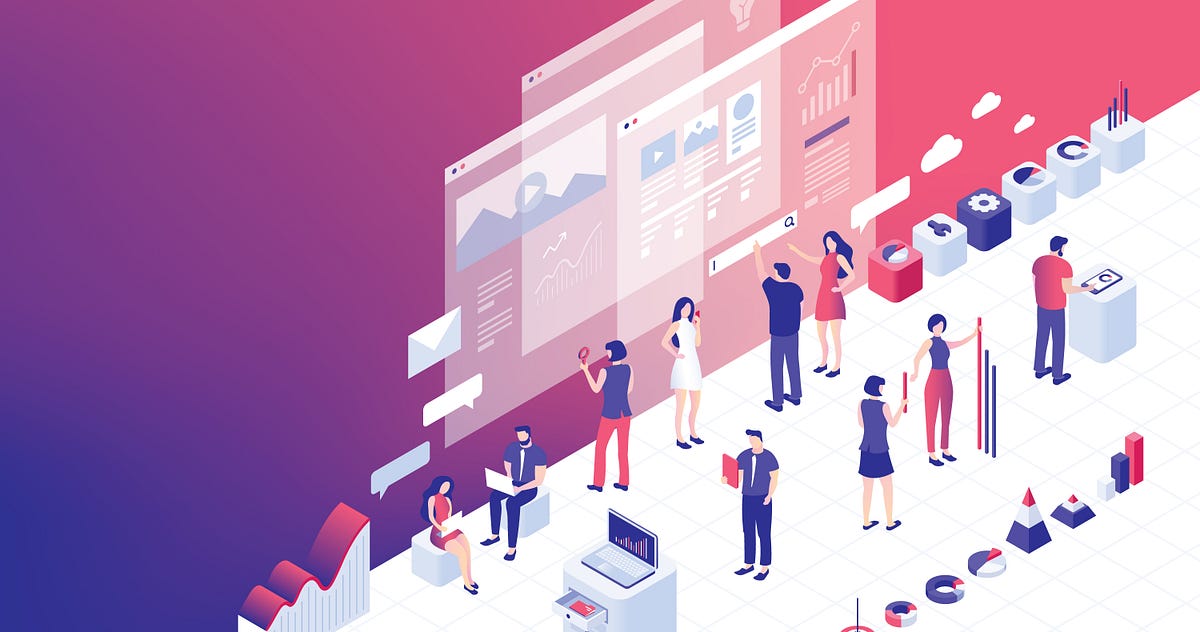
Now, people are taking back their power.
Design Science
Our profession as designers currently faces a reckoning. We are watching it happen in real time as Facebook is losing billions of dollars in market valuation, because the founder and his platform are having difficulties shedding the reputation of supporting white supremacy, as much as his public relations messages might declare his innocence and good intentions.

I have been a little slow to respond this week to the students I am mentoring, because I am deciding how best to respond to this fateful moment in time.
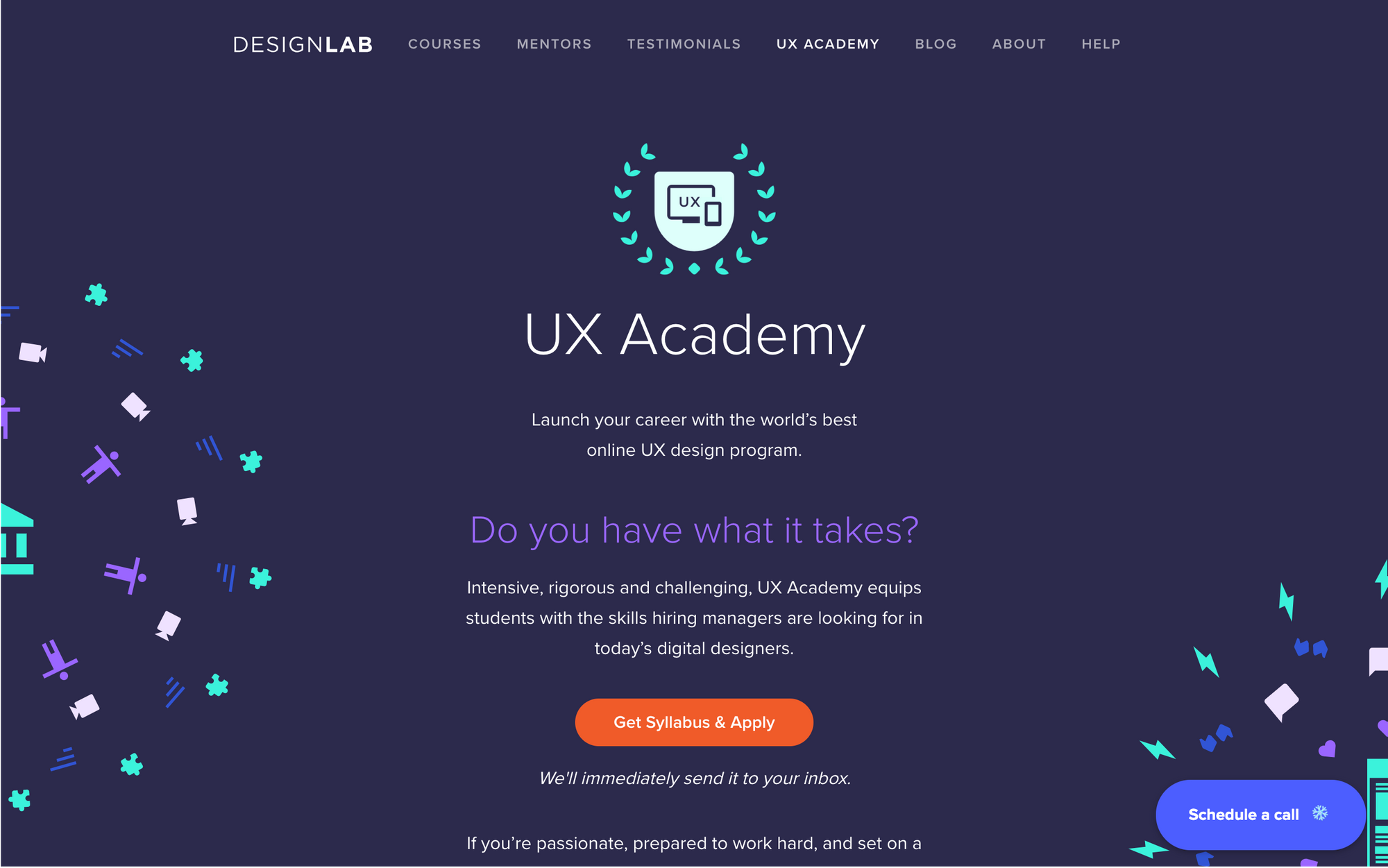
Why am I making this such a big deal? Because it is on the same level of deciding whether we will side with the Nazis or not. If we ever wanted to know what we would do in that situation, well, we are deciding right now.
I am on the side of the humans resisting the fascist takeover of our democratic institutions, using whatever knowledge, skills, experience, and resources I have to throw my body on the gears of this machinery that is killing people for profit: greedy televangelists, corporate profiteers, and corrupt politicians. What side are you on?


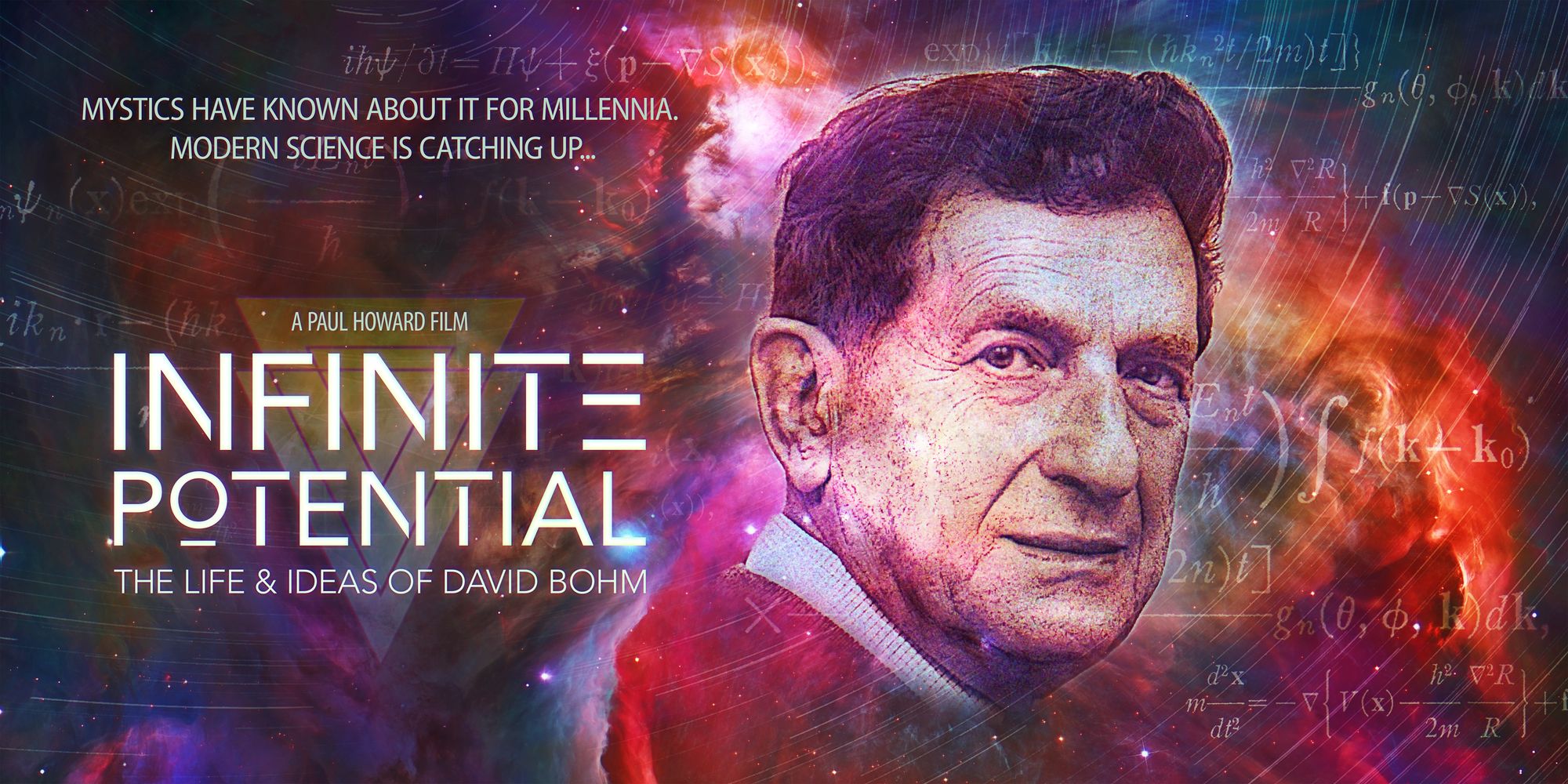
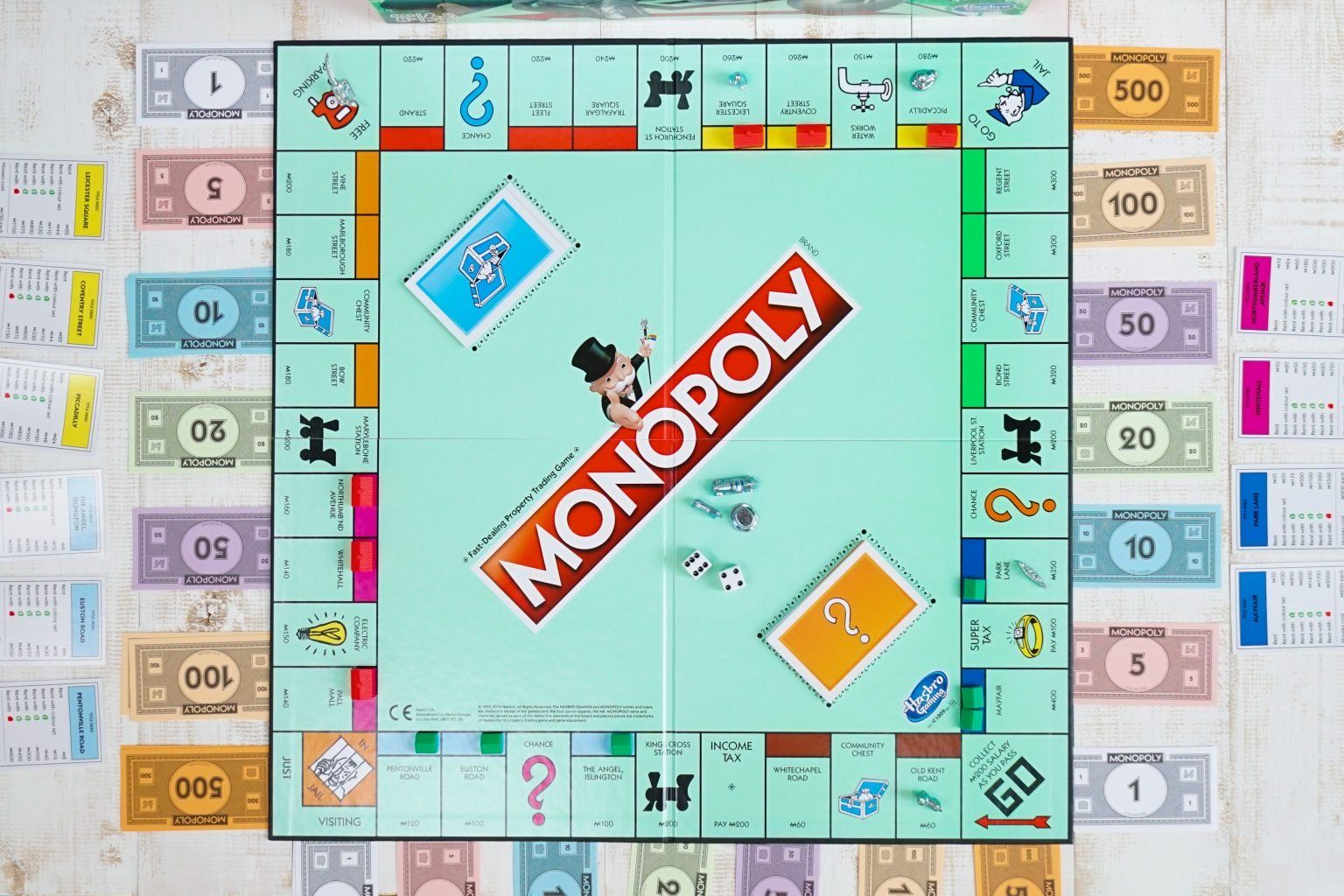



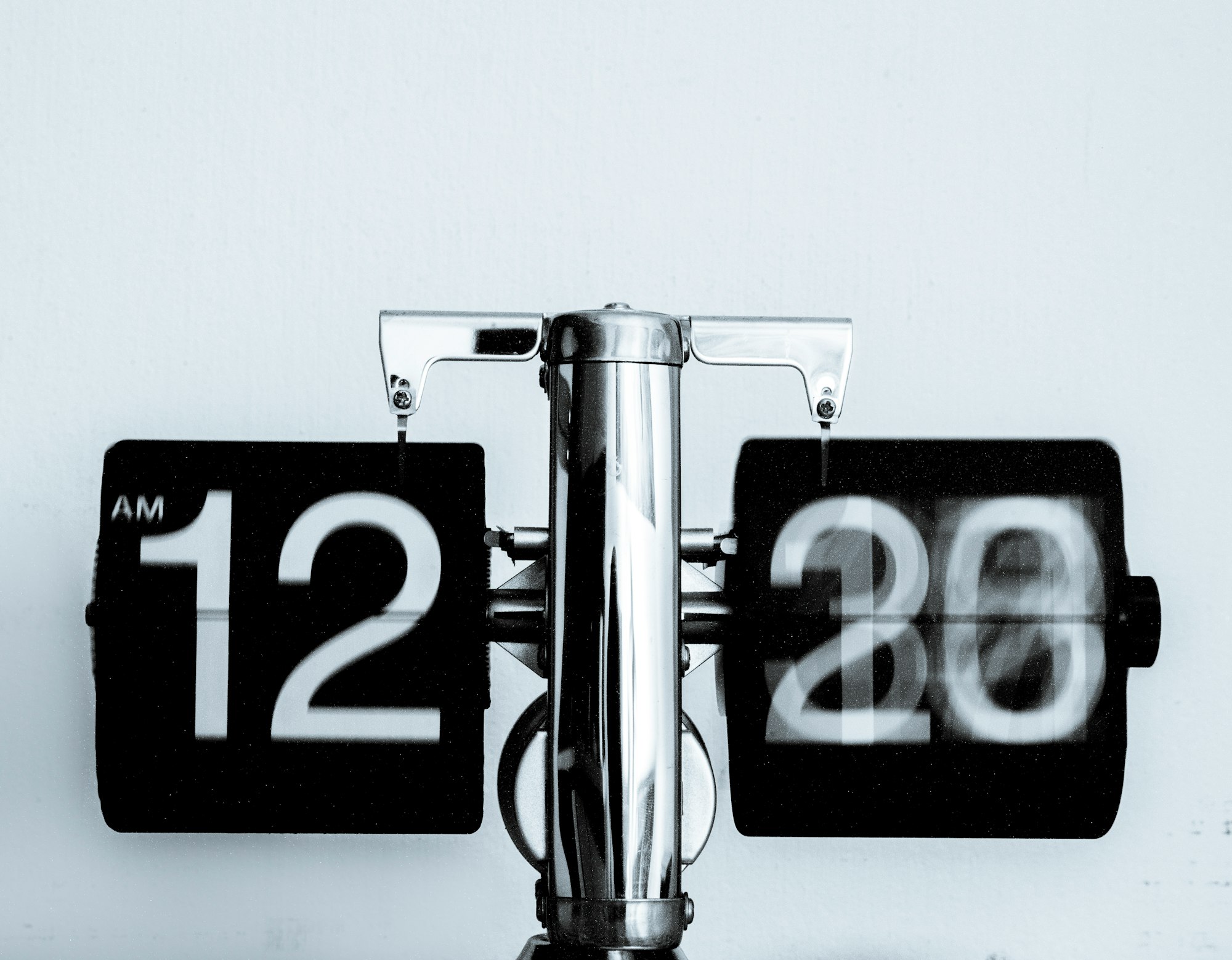
Take these articles with a grain of salt. For context, I live in Abbotsford, a town that is often regarded as the Bible Belt of British Columbia. Having lived in this community for 25 years, I have needed to learn the language and the culture to navigate the local business environment. I have been doing metaphysical design research to be able to speak the same language as those who are my neighbours in this unique cultural context.

I am currently taking courses with the Buckminster Fuller Institute to engage in the Design Science Decade. It is an educational incubator for art inspired by a regenerative future that works for 100% of life.
If you are looking for ideas for projects, the world needs people who are available to do the work that is needed to co-create in service of a world that works “for 100% of humanity in the shortest possible time, through spontaneous cooperation, without ecological offense or the disadvantage of anyone.”


